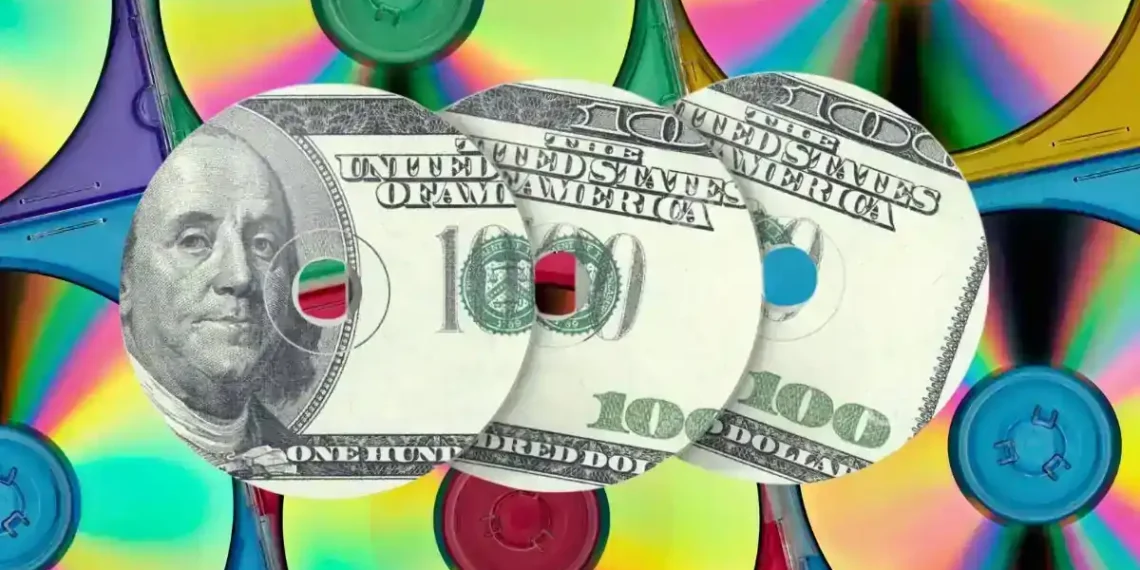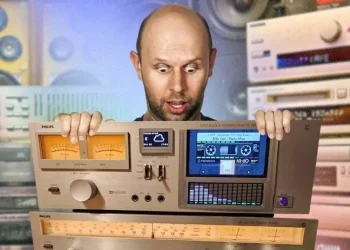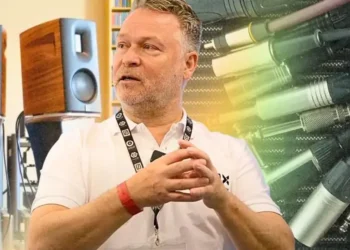CD Prices Are Rising — And So Are Suspicions of Price Fixing
As CDs make a nostalgic comeback, familiar pricing controversies are back in the mix.
By [Your Name]
Compact discs are having a moment again — but with that resurgence comes a familiar echo from the past: suspiciously uniform pricing.
CD sales, long thought to be on the industry’s endangered list, are on the rise thanks to Gen Z collectors and nostalgic audiophiles. But even as fans rediscover the joy of physical media, critics are noticing something unsettling: deluxe CD editions from the three major record labels are all priced at $19.98 — no more, no less. It’s raising concerns about whether history is repeating itself.
A CD Comeback — But at a Cost
In 2024, CD shipments in the U.S. ticked up 1.5% to 32.9 million units, with revenue rising to $541 million, according to the Recording Industry Association of America (RIAA). It’s modest growth, but notable in a market dominated by streaming.
Much of the renewed interest is being driven by younger listeners. Gen Z, raised on digital files and streaming, is flocking to CDs for their tangibility, sound quality, and collector appeal. Artists are fueling the trend with exclusive physical editions — deluxe packages loaded with booklets, alternate covers, and bonus tracks.
But across the board, these deluxe editions seem to have settled on a magic number: $19.98.
Here’s a small sampling:
- Bon Jovi (Deluxe Edition) – $19.98
- Linkin Park – From Zero – $19.98
- Rick Astley – Free (Deluxe) – $19.98
- Mastodon – Crack the Skye (15th Anniversary) – $19.98
- **Green Day – Saviors (Édition de Luxe) ** – $19.98
Different artists. Different labels. Same price. Every time.
High Prices, Low Costs
This price lock wouldn’t raise as many eyebrows if manufacturing costs hadn’t plummeted. In the 1990s, it could cost $4.50 to make a CD. Today? It’s closer to $0.90 to $1.20 per disc, thanks to automation and streamlined packaging.
Here’s how production costs have changed:
| Component | 1990s Cost | 2025 Cost | Change |
|---|---|---|---|
| Disc production | $1.50–$2.50 | $0.60–$0.90 | ↓ 60–64% |
| Packaging (jewel case) | $0.50–$0.75 | $0.20 (sleeve) | ↓ 60–73% |
| Inserts/Booklets | $0.75 | $0.05 | ↓ 93% |
| Assembly/Labor | $0.50 | $0.05 | ↓ 90% |
| Total | $3.25–$4.50 | $0.90–$1.20 | ↓ 72–73% |
So while the product might cost under $3 to make, it’s being sold at nearly $20 — a markup of over 560%. After retailers take their cut, major labels still net $9 to $12 per unit — often on reissued material whose original production costs were recovered years ago.
Déjà Vu: Echoes of 1990s Price Fixing
If this feels familiar, that’s because it is.
Back in the late ‘90s, five major distributors — Universal, Sony, Warner, EMI, and BMG — were caught using “Minimum Advertised Price” (MAP) agreements to stop retailers from offering discounts. The scheme artificially propped up CD prices, costing consumers an estimated $480 million. The labels eventually settled with regulators in 2002, without admitting wrongdoing, and were forced to provide refunds and free CDs to libraries and public institutions.
Now, in 2025, watchdogs are seeing red flags again. According to record store owner Buckle, Universal’s mid-range CD prices jumped more than 30% overnight — with no change in manufacturing costs. The price hike came just before the release of a high-profile Cure album.
“Felt like they were testing the waters,” Buckle said. “Seeing how far they could push it.”
Experts suggest what we’re seeing now may not be a formal cartel, but something called “conscious parallelism.” That’s when dominant players independently mirror each other’s prices — not through collusion, but because it’s in their shared interest.
The Big Three Control the Market
That theory fits. Today, Universal, Sony, and Warner control roughly 80% of physical music sales in the U.S., according to the International Federation of the Phonographic Industry (IFPI).
Music industry journalist Ron Knox calls this control a “stranglehold.” And Martin Mills, founder of indie label Beggars Group, has warned for years that this concentration of power poses risks for creativity and fair pricing.
“When there are only three companies representing music and artists,” Mills once said, “they can shape outcomes to their benefit — especially in pricing.”
A legal review puts it bluntly: “Pricing uniformity alone, when occurring in highly concentrated markets, can trigger regulatory concern.”
Smart Tips for CD Buyers
If you love CDs but don’t love the $19.98 price tag, there are ways to collect smarter:
- Support local & indie stores: Shops and platforms like Discogs often price based on demand, not fixed label pricing.
- Opt for standard editions: You’ll often pay half as much for the same album, minus the fancy packaging.
- Use lossless streaming: Services like Qobuz and Tidal offer high-res versions of the same remasters.
- Wait it out: CD prices tend to drop after the initial release window.
- Check international versions: Japanese and European releases sometimes include bonus tracks — or come cheaper.
What Goes Around…
Back in the early 2000s, Washington Attorney General Christine Gregoire summed it up best after the MAP case:
“Competition in the sale of CDs brings low prices, which is good for consumers and for record stores.”
Two decades later, that statement still rings true. With the CD revival gaining steam, fans shouldn’t have to pay inflated prices for the privilege of holding music in their hands. And if the industry learned anything from the past, it’s that price-fixing — whether explicit or implied — doesn’t stay under the radar for long.
This article was rewritten by JournosNews.com based on verified reporting from trusted sources. The content has been independently reviewed, fact-checked, and edited for accuracy, neutrality, tone, and global readability in accordance with Google News and AdSense standards.
All opinions, quotes, or statements from contributors, experts, or sourced organizations do not necessarily reflect the views of JournosNews.com. JournosNews.com maintains full editorial independence from any external funders, sponsors, or organizations.
Stay informed with JournosNews.com — your trusted source for verified global reporting and in-depth analysis. Follow us on Google News, BlueSky, and X for real-time updates.













